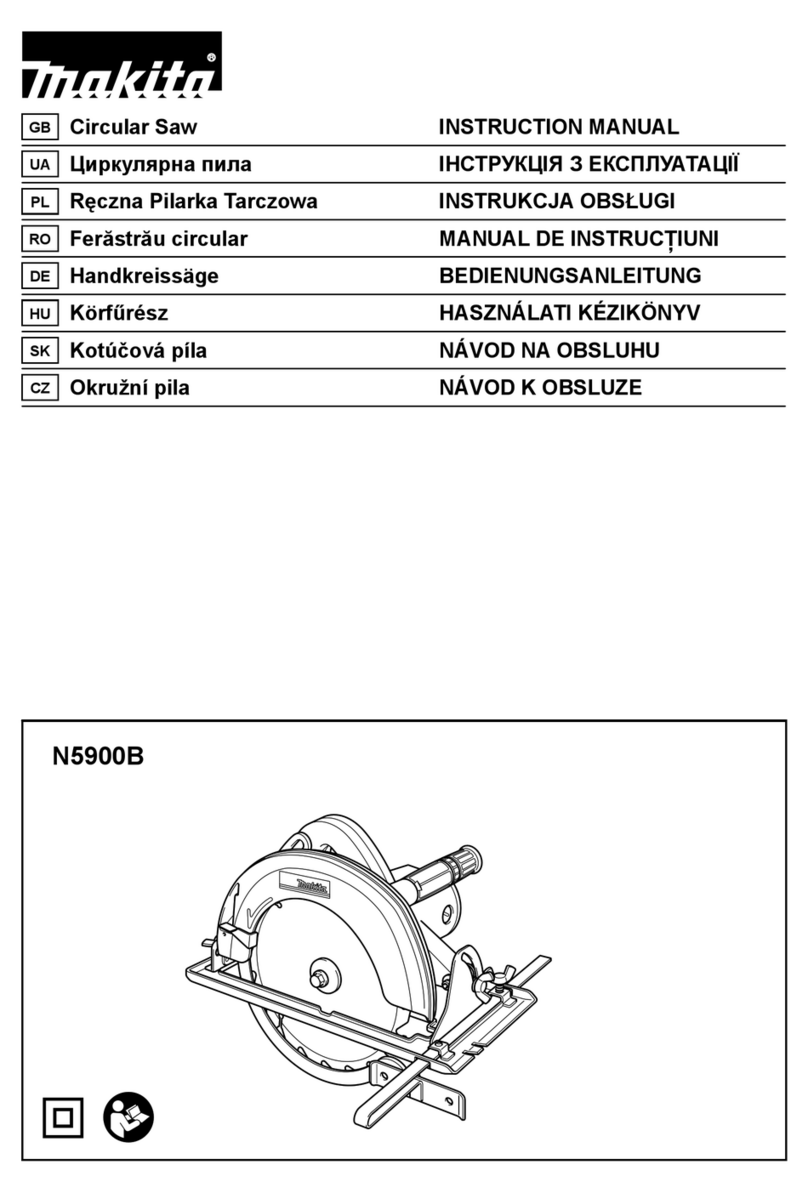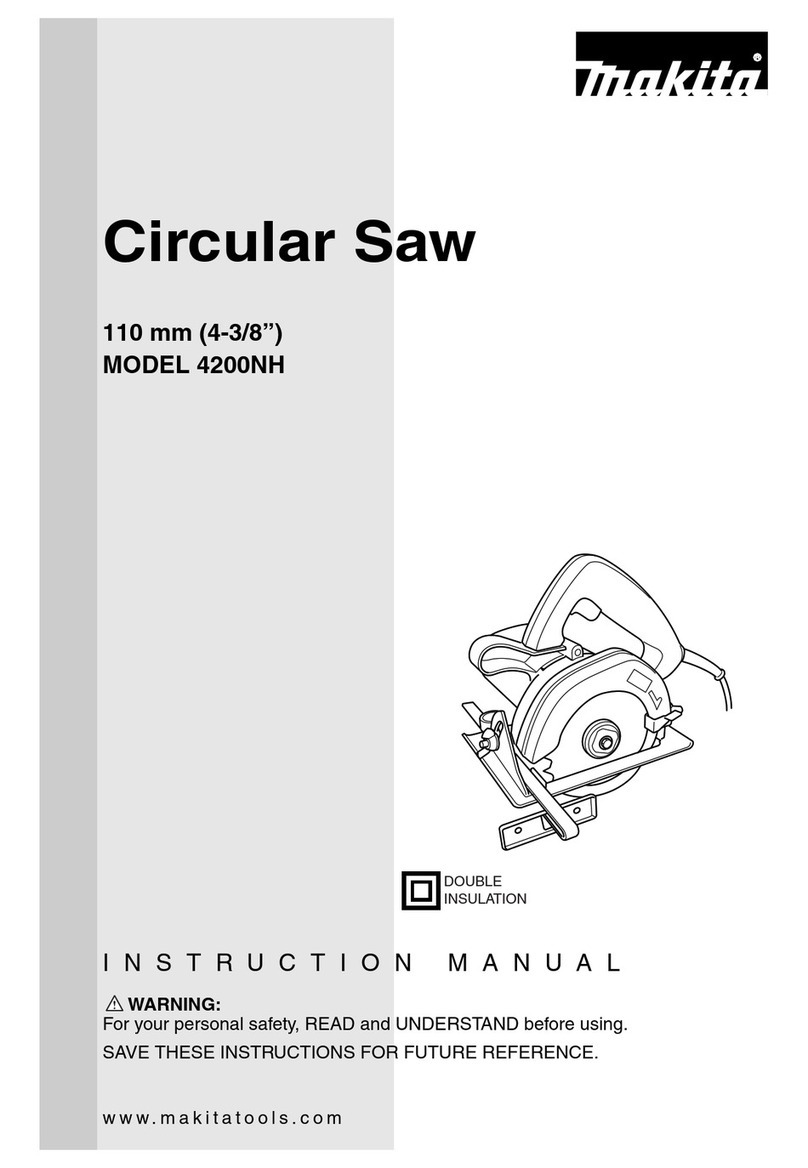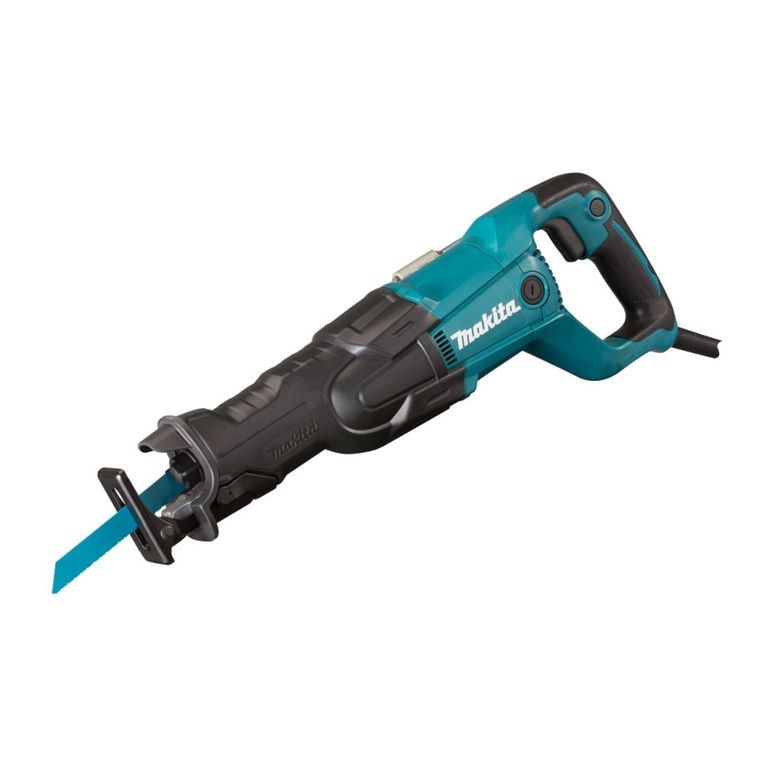Makita DLS714 User manual
Other Makita Saw manuals

Makita
Makita 5008MG User manual

Makita
Makita HS0600 User manual
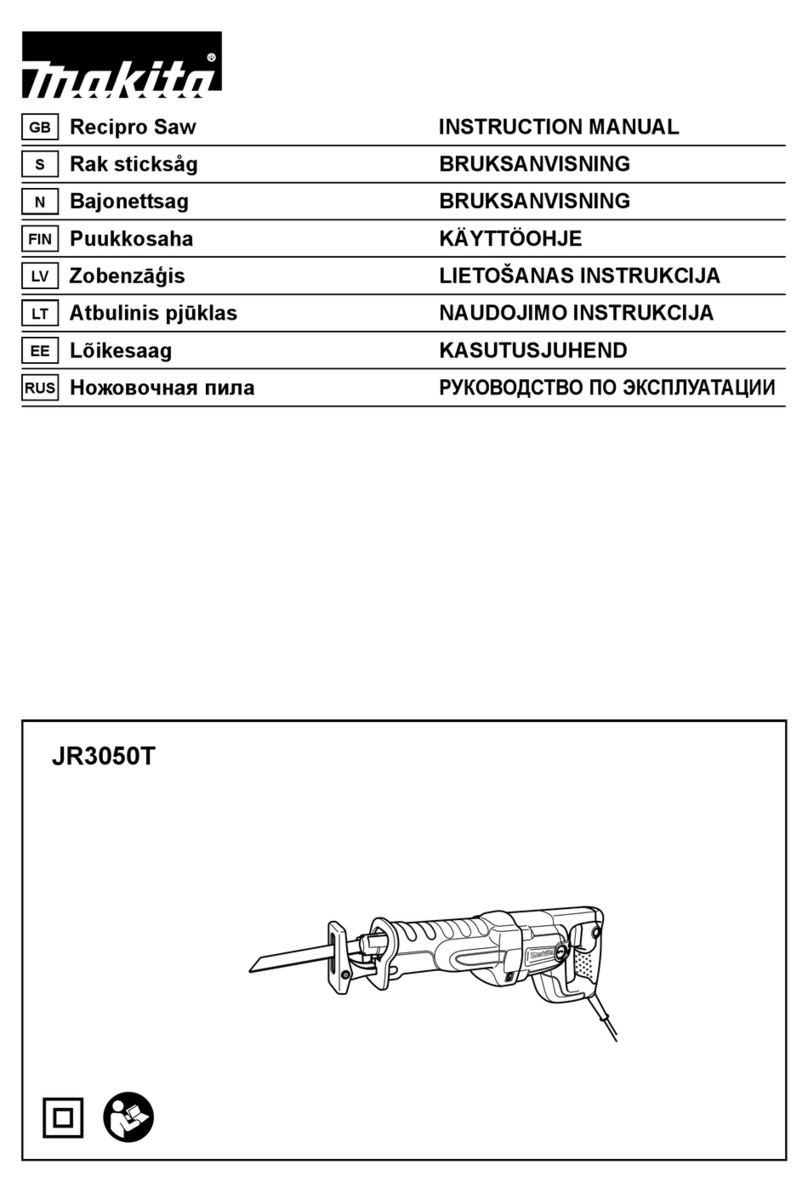
Makita
Makita JR3050T User manual
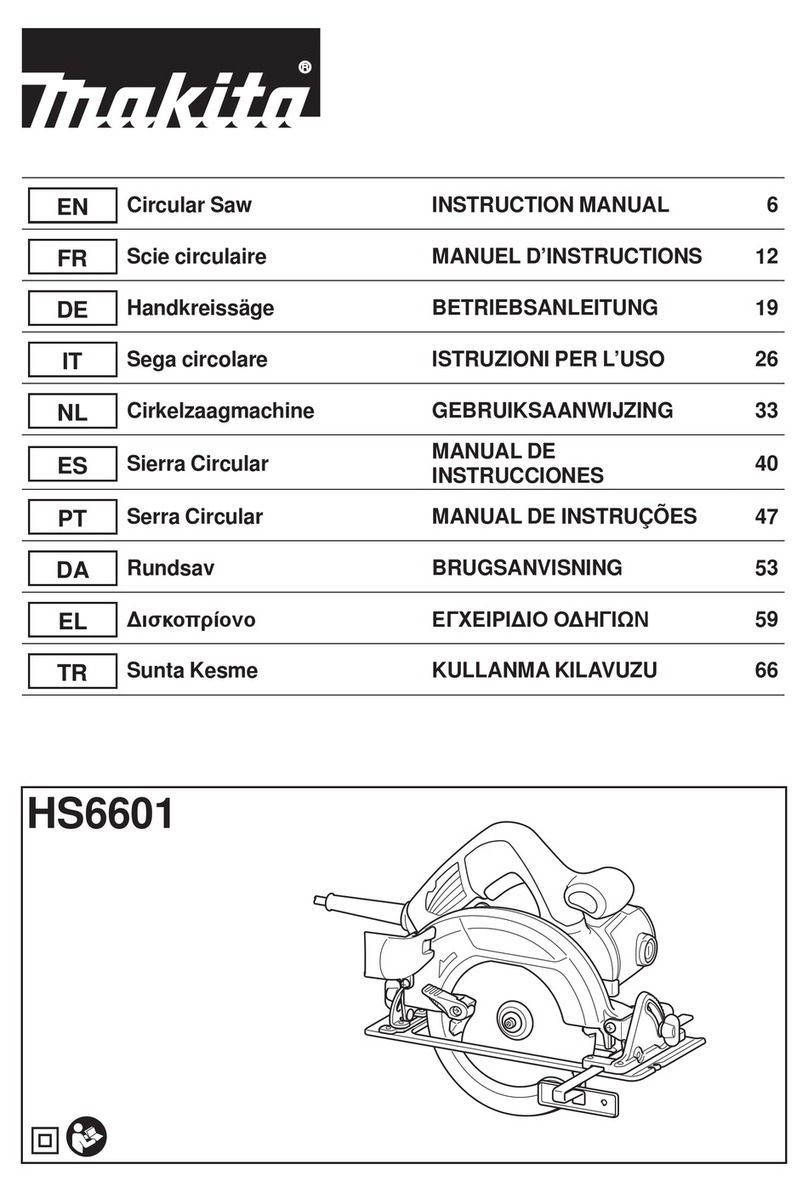
Makita
Makita HS6601 User manual
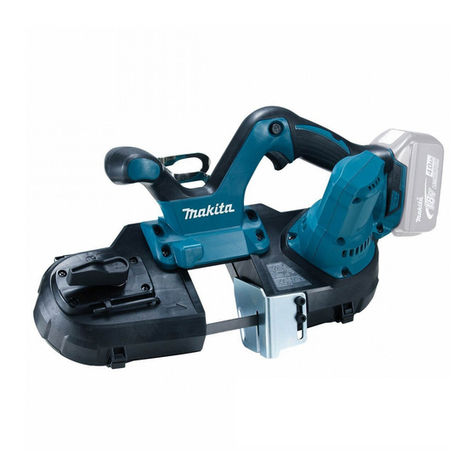
Makita
Makita DPB181 User manual
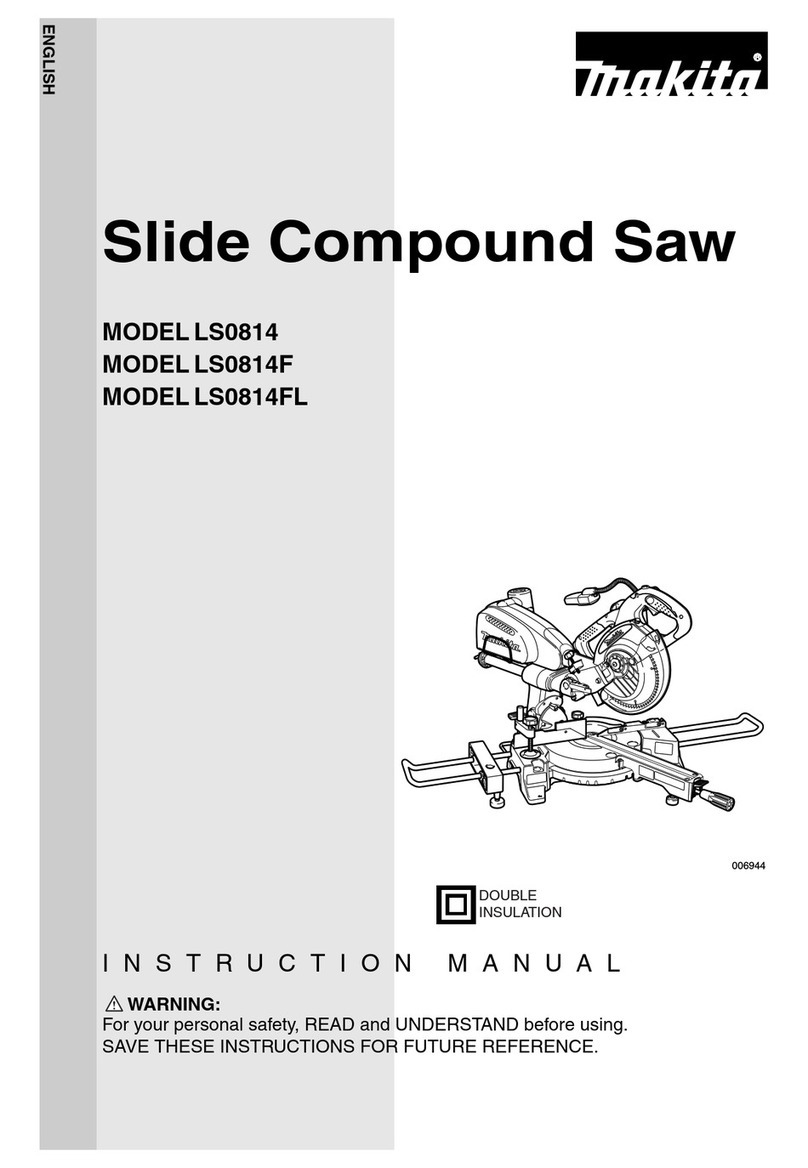
Makita
Makita LS0814 User manual
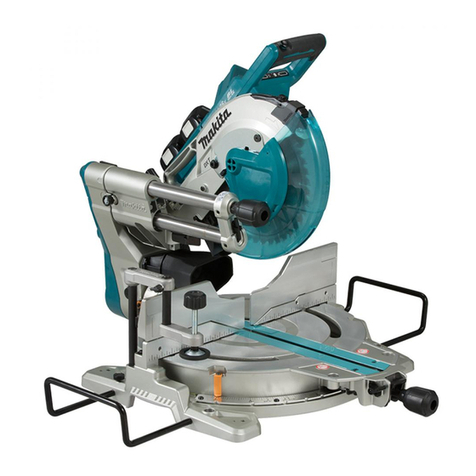
Makita
Makita DLS110 User manual
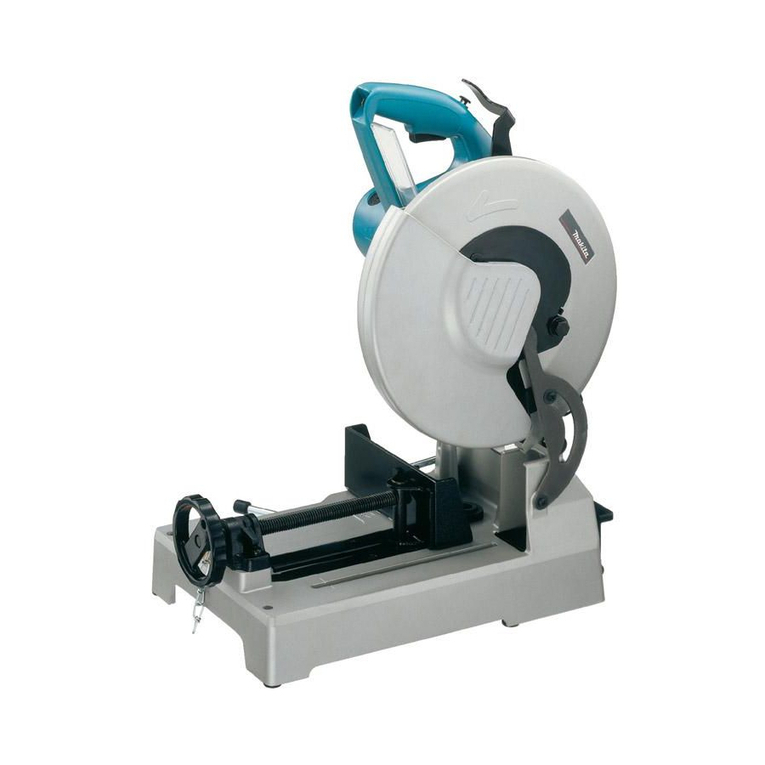
Makita
Makita LC1230 User manual
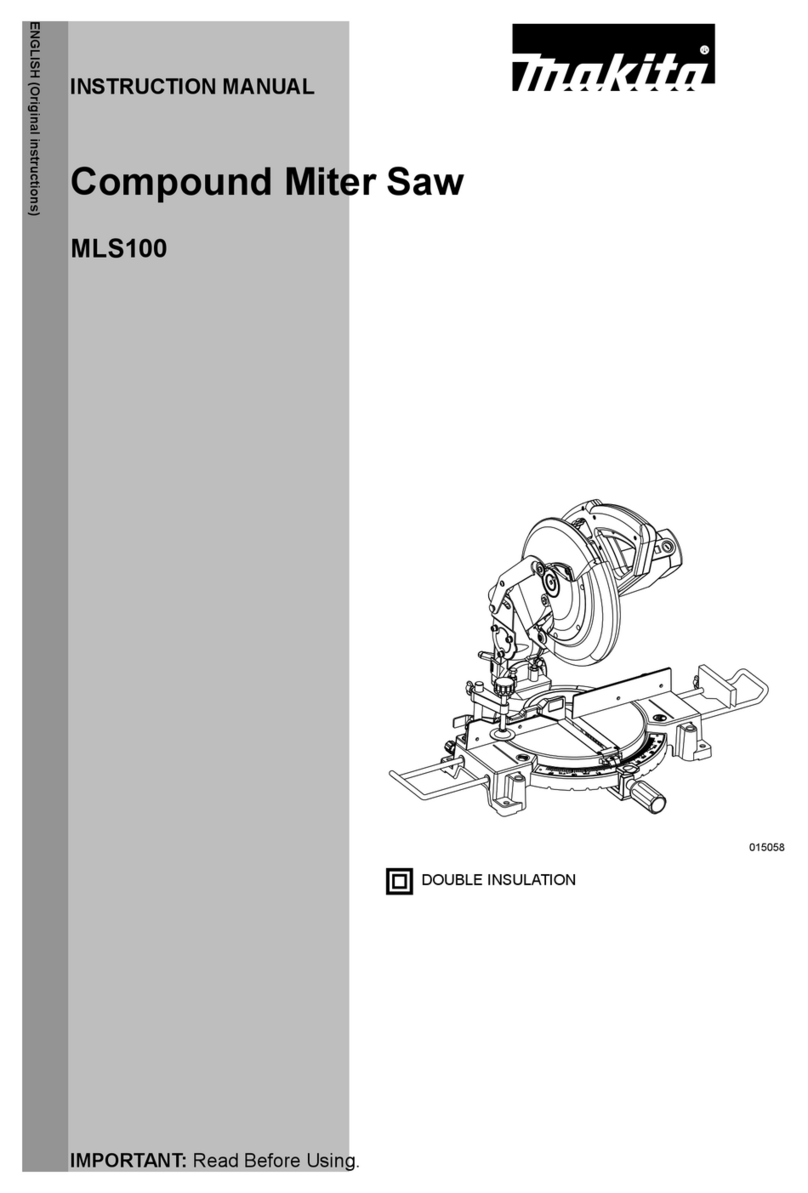
Makita
Makita MLS100 User manual
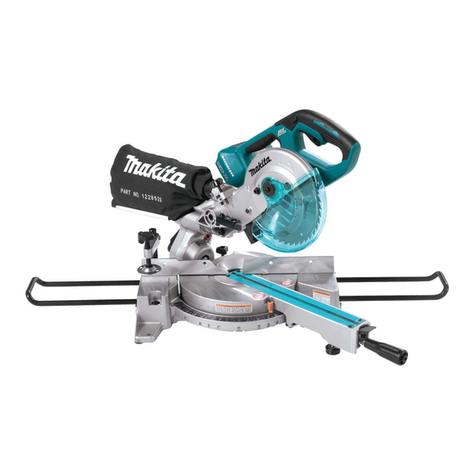
Makita
Makita DLS714 User manual
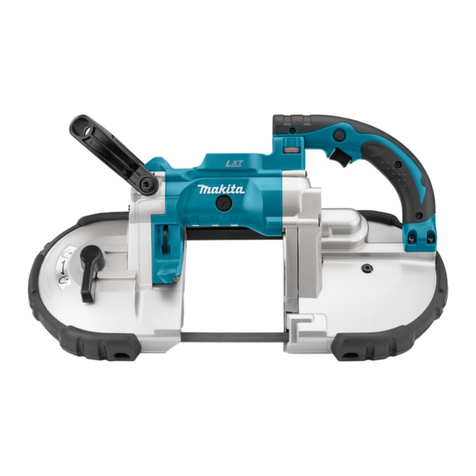
Makita
Makita DPB180 User manual
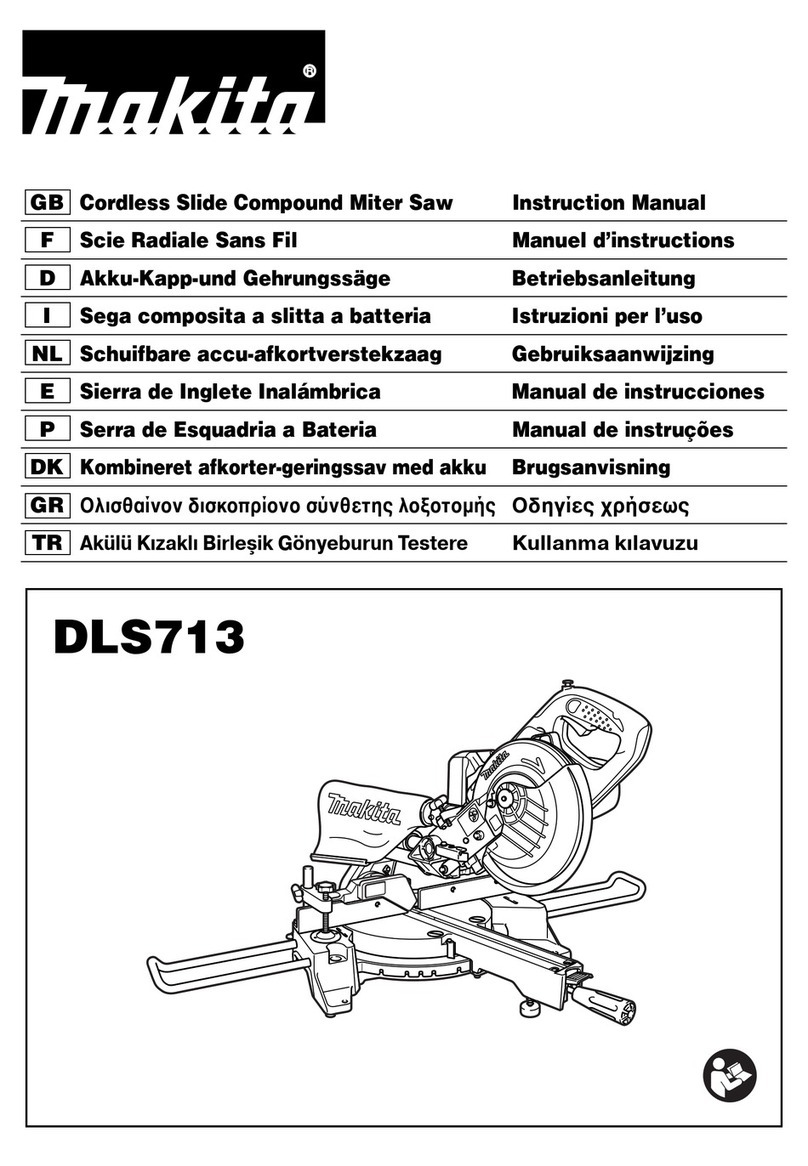
Makita
Makita DLS713 User manual
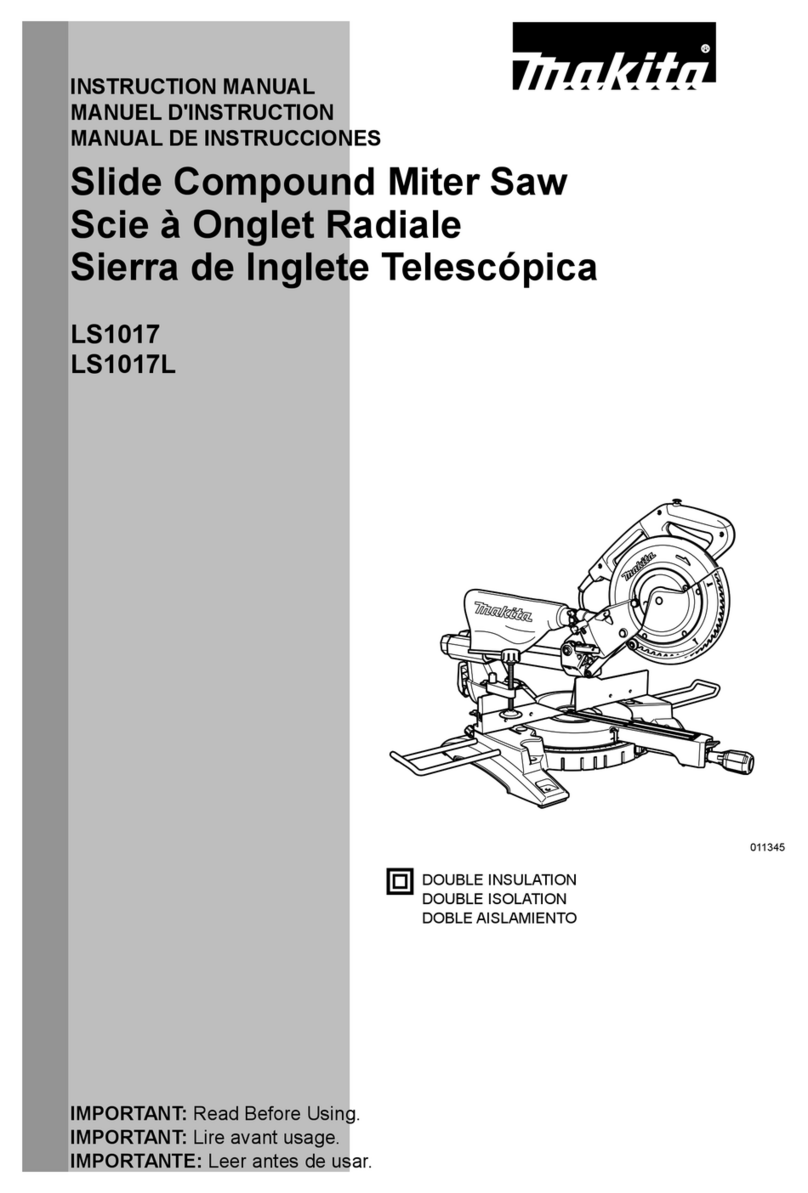
Makita
Makita LS1017 User manual
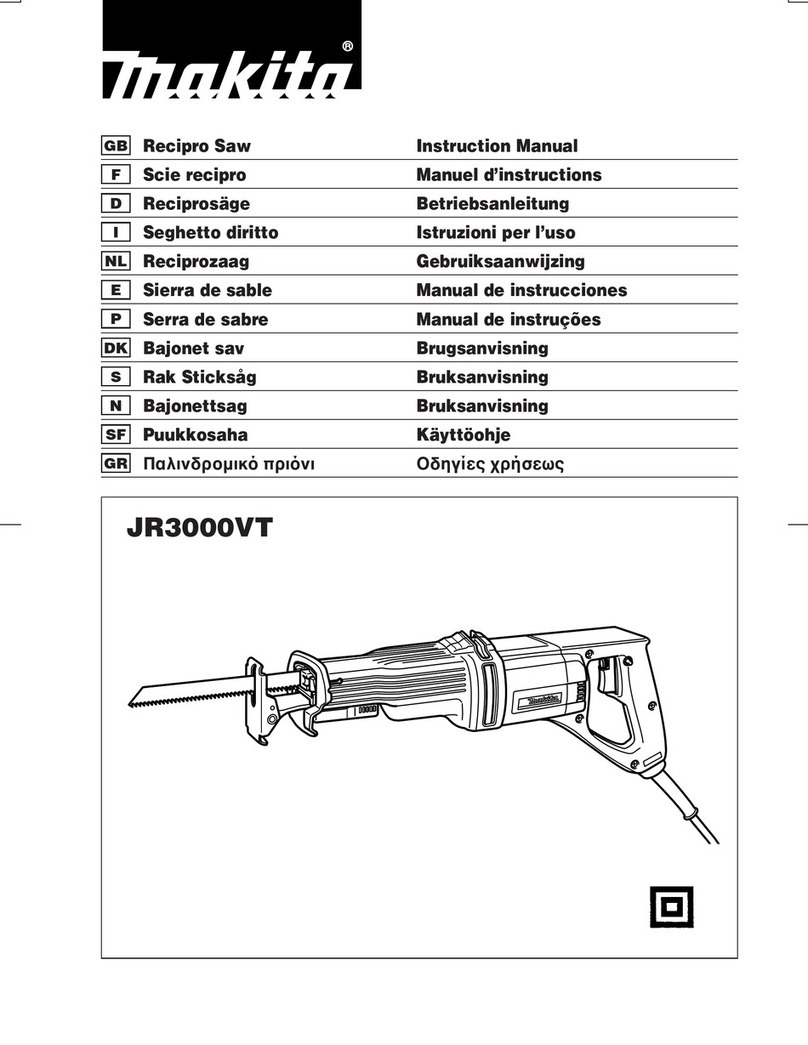
Makita
Makita JR3000VT User manual
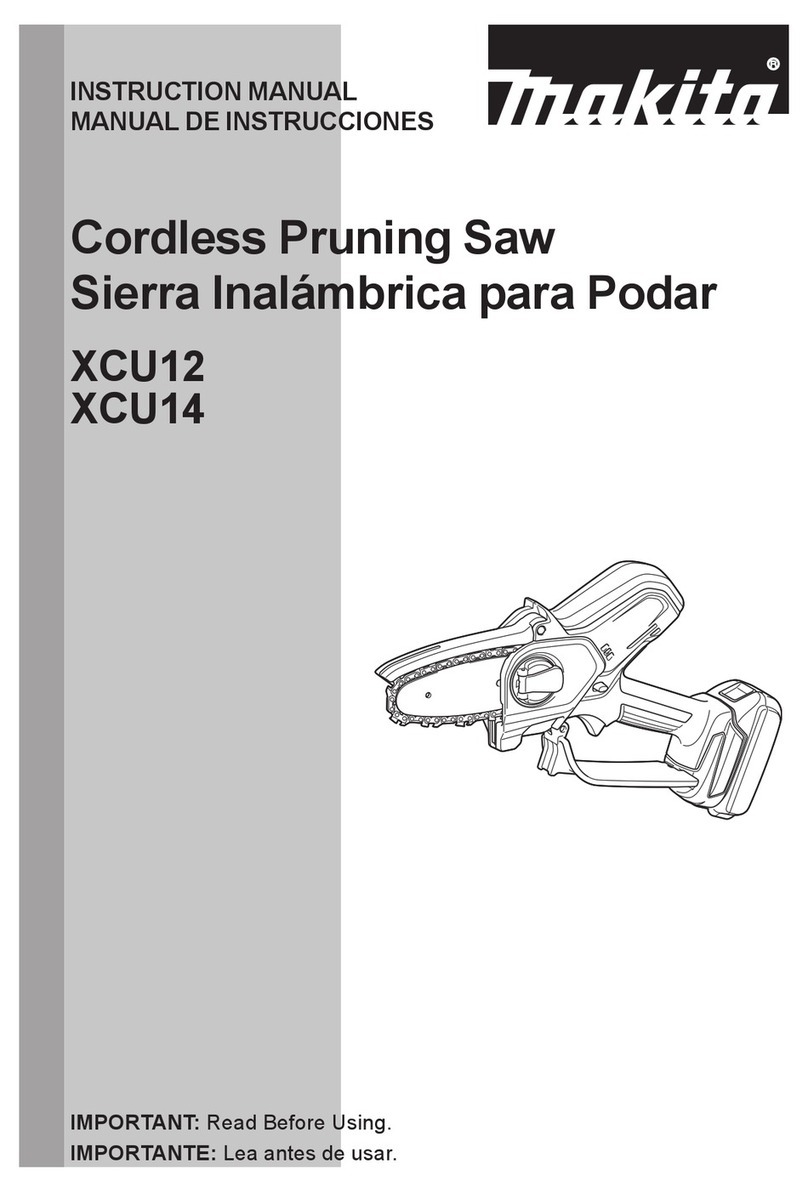
Makita
Makita XCU12 User manual

Makita
Makita 2107FXK User manual

Makita
Makita DLS713NZ User manual

Makita
Makita LS0716FL User manual
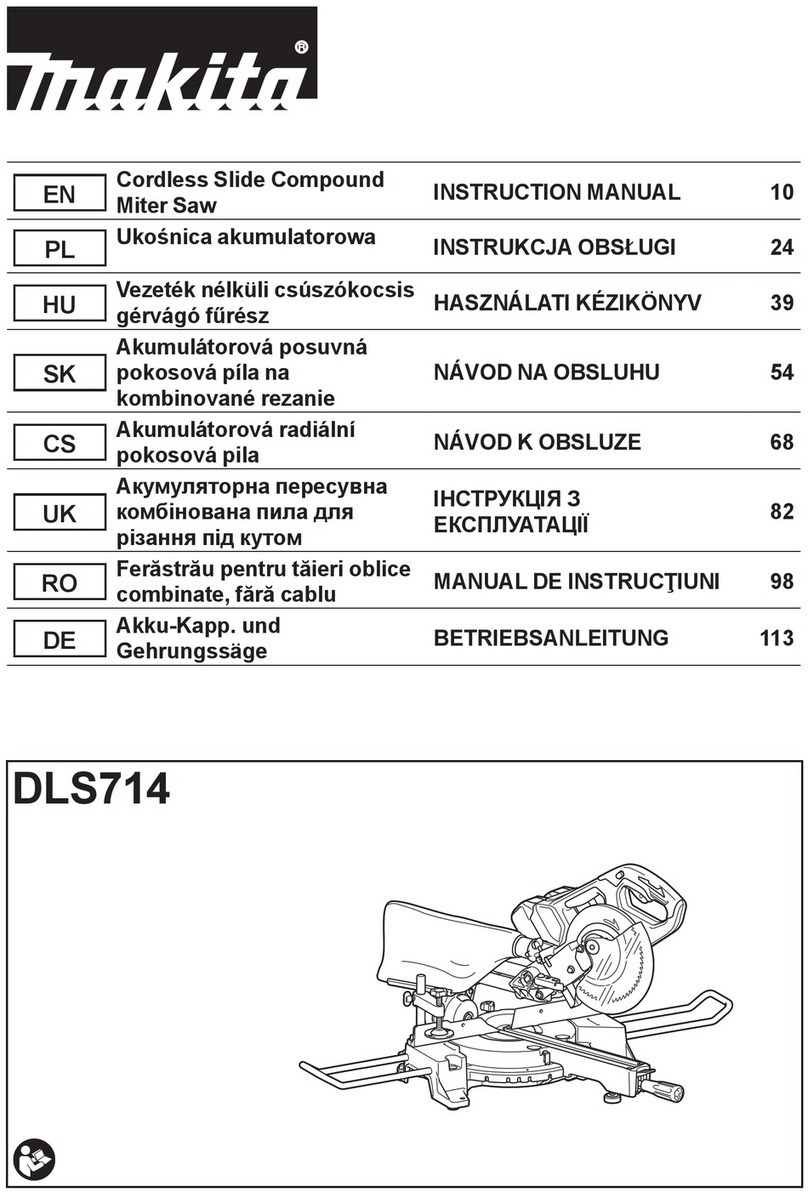
Makita
Makita DLS714 User manual
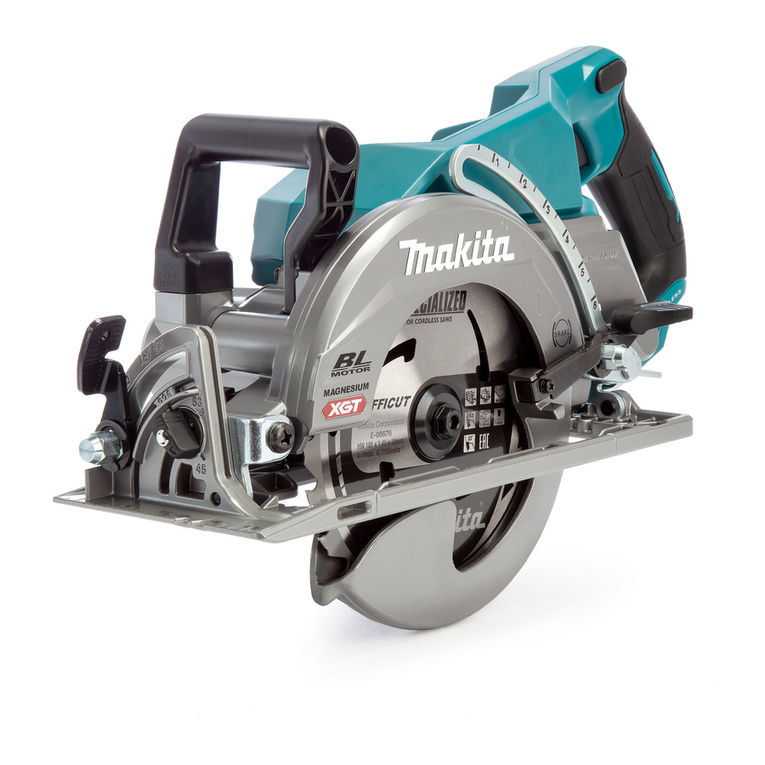
Makita
Makita RS001G User manual
